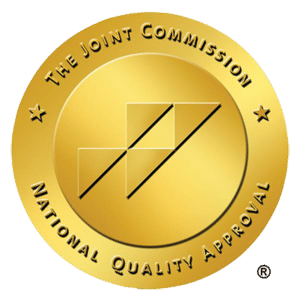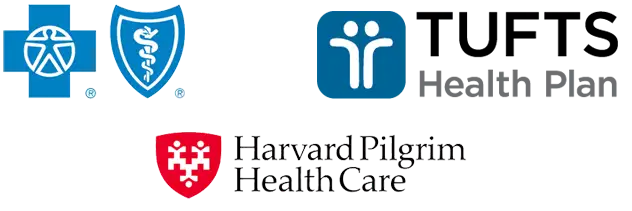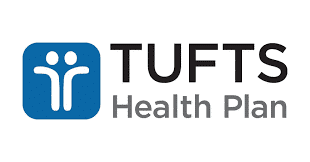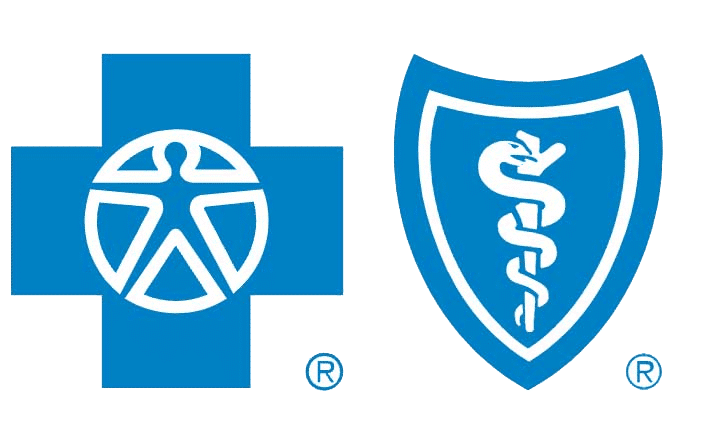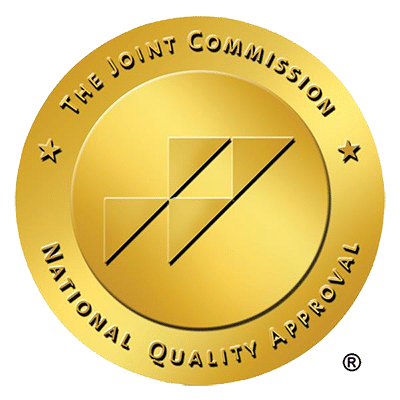Fatal fentanyl overdoses have been rising at alarming rates. In 2021, over 106,000 drug overdose deaths were reported. Of those, 70,601 deaths were tied to synthetic opioids, with the majority being fentanyl. To put this into perspective, fentanyl is related to more deaths in the United States for people under the age of 50 than any other cause of death, including car accidents. There’s no way around it — fentanyl is currently the most dangerous street drug in America, and without some changes, the number of overdoses will continue to rise.
Fentanyl goes by several street names, including China Girl, Dance Fever, Friend, Great Bear, He-Man, Jackpot, Murder 8 and many others. It can be taken via pill, snorted, spiked onto blotter paper, or combined with other substances. It’s nearly impossible to detect if someone isn’t looking for it, and it’s commonly used to cut other illicit substances. All of these factors, paired with its high potency and how little is needed to overdose, make it exceedingly dangerous, but the rate of use continues to grow.
What is Fentanyl?
Fentanyl is a synthetic opioid typically prescribed by doctors as a way to manage severe pain, particularly for those who have recently had surgery or who have advanced-stage cancer. It’s 50 times stronger than heroin and up to 100 times stronger than morphine, making it highly effective at pain management but also an attractive option for substance abuse.
People abusing fentanyl typically use illegally made fentanyl, which can be used in liquid and powdered forms. It can be mixed into other drugs, such as cocaine and methamphetamines, potentially leading to an overdose when people are unaware that their drugs have been laced.
Is Tranq Dope More Dangerous Than Fentanyl?
Tranq Dope is a combination of fentanyl mixed with xylazine. Xylazine is a powerful sedative used in veterinary settings. According to the U.S. Drug Enforcement Administration (DEA), in 2022, around 23% of fentanyl powder and 7% of fentanyl pills that were confiscated also contained xylazine. This combination increases the risk of drug overdose, and because xylazine isn’t an opioid, overdose can’t be reversed with naloxone.
Because of xylazine’s synergistic effects with fentanyl and its potency, Tranq Dope poses a serious risk to those who knowingly or unknowingly use it.
Side Effects of Fentanyl
Many times, substance abusers are chasing the “high” produced by fentanyl, which can create a sensation of relaxation and euphoria while also relieving pain. Other side effects of this drug include:
- Sedation
- Drowsiness
- Confusion
- Constricted pupils
- Slower breathing (respiratory depression)
- Urinary retention
- Nausea and vomiting
- Incoherence or slurred speech
Signs of Fentanyl Overdose
If you see someone you suspect has overdosed on fentanyl, there are some easily recognizable signs. Knowing these signs can save precious minutes that could be enough to save their life. Signs of a fentanyl overdose include:
- Pinpoint pupils
- Loss of consciousness or falling asleep
- Limpness
- Gurgling or choking sounds
- Clammy, cold skin
- Discoloration of the skin, especially around the lips and nails
If these signs are present, contact emergency services immediately, and administer naloxone according to packaging instructions if you have it on hand. This may reverse the overdose.
Why Is It So Easy to Overdose on Fentanyl?
Fentanyl is highly potent, with only two milligrams having the potential to cause an overdose. This, paired with its addictive nature, spurs people abusing the drug to take more to get the intended effects as they develop a tolerance to it. Additionally, fentanyl has no smell or taste, so people who accidentally overdose can consume the drug without knowing, making it easier to ingest enough to be dangerous. The only way to know if a drug has been laced with fentanyl is to use a fentanyl test strip, which many people don’t have easy access to.
Because fentanyl is relatively low in cost, it’s commonly used to mix into other drugs to provide the intended effect while improving profit margins for dealers. However, because this is typically not disclosed, people thinking they are using other drugs, such as cocaine, heroin and methamphetamine, may unintentionally use fentanyl and overdose or cause a fatal interaction between the drugs.
Additionally, illicit fentanyl is not regulated, meaning its potency isn’t either. Consuming any amount of fentanyl could potentially lead to overdose or death.
Signs of Fentanyl Addiction
In some cases, people become addicted to fentanyl while using the drug as prescribed by a medical professional. Others may become addicted after using illicit drugs for a period of time. If you suspect that you or a loved one has an addiction to fentanyl, you may notice the following signs:
- Using opioids or fentanyl longer than intended or beyond when it was prescribed
- Spending a significant amount of time seeking and using fentanyl
- Developing cravings to use fentanyl
- Developing an inability to complete daily tasks and responsibilities, such as taking care of your home or being unable to keep up with school or work
- Abandoning activities that were once enjoyable in favor of using fentanyl
- Developing a tolerance to fentanyl and needing to take larger doses to get the intended effect
- Experiencing withdrawal symptoms when not using fentanyl
- Damaging relationships due to fentanyl use
- Continuing to use fentanyl after acknowledging that it is causing problems in life
Want to Learn More?
Our addiction recovery team is here 24/7 to answer your questions or to get you help.
Fentanyl Withdrawal Symptoms
While people addicted to fentanyl may wish to quit, there can be uncomfortable and potentially dangerous symptoms associated with the withdrawal process. It’s always recommended that people intending to quit using fentanyl seek medical supervision to remain safe during the process and to increase the likelihood of success. Some common withdrawal symptoms include:
- Vomiting and nausea
- Dysphoria
- Fever
- Achiness
- Cold flashes
- Severe cravings for more fentanyl
- Insomnia
- Diarrhea
- Uncontrollable leg movements
Seeking Fentanyl Addiction Treatment
Seeking treatment for an addiction of any kind can be a difficult process. Whether you or a loved one is currently suffering from a fentanyl addiction, the first step toward recovery is admitting that there is a problem and seeking help for it. This can be a scary and difficult time for people addicted to fentanyl, but with the right support, it’s possible to overcome the addiction. Addiction is a disease, and as such, it often requires professional assistance to make a complete recovery.
Seeking assistance from a treatment program, such as Topsail Addiction Treatment in Boston, can be the first step in the journey to sobriety. Treatment options may include the use of medications for opioid use disorder, which can lessen the severity of cravings and withdrawal symptoms to reduce the temptation to use fentanyl again.
Beyond medication, other options for treatment include facilitation therapy, outpatient counseling and inpatient rehabilitation, all of which can help people with fentanyl addictions overcome the cravings and wean off the drug.
If you or a loved one is currently battling a fentanyl addiction, know that help is available. Contact Topsail Addiction Treatment for more information about fentanyl and addiction, or if you are ready to seek treatment. We are available 24/7 to help.
Related Posts

Critical Signs of Meth Addiction: Symptoms & Support Options
Wondering what are the warning signs of meth addiction? Early detection can be lifesaving. From drastic behavioral swings to ‘meth mouth,’ these symptoms are alarming

Essential Guide on How to Help Someone with Meth Addiction
If you’re seeking to understand how to help someone with meth addiction, this article is your immediate support guide. Encountering meth addiction within someone you

Recognizing the Warning Signs of Marijuana Addiction
Knowing the signs of marijuana addiction is vital for recognizing a serious problem that often goes unnoticed. In this article, we address the real indicators

Decoding Opioid Addiction Statistics: A Harsh Reality Check
What do the numbers say about the opioid crisis? Diving into opioid addiction statistics offers a sobering reality check: a surge in usage and deaths

Effective Strategies on How to Prevent Opioid Addiction
The key to preventing opioid addiction starts with being informed. If you’re seeking concrete steps on how to prevent opioid addiction, this article is for

How to Help Someone with Cocaine Addiction Effectively
Wondering how to help someone with cocaine addiction? It can feel overwhelming, but your role is crucial. In this guide, you’ll find understandable and practical
